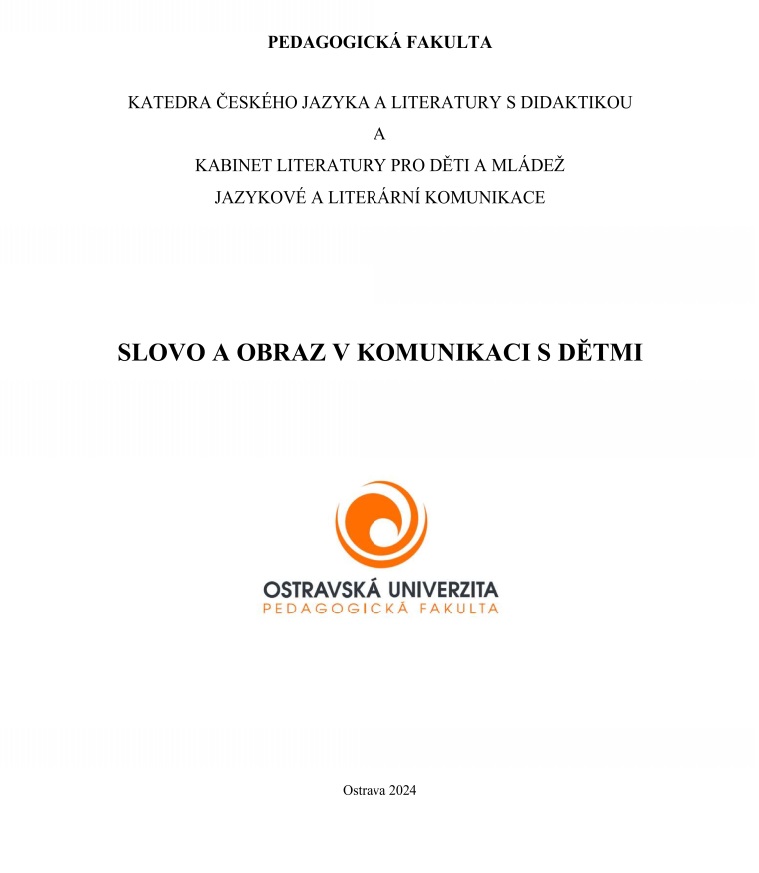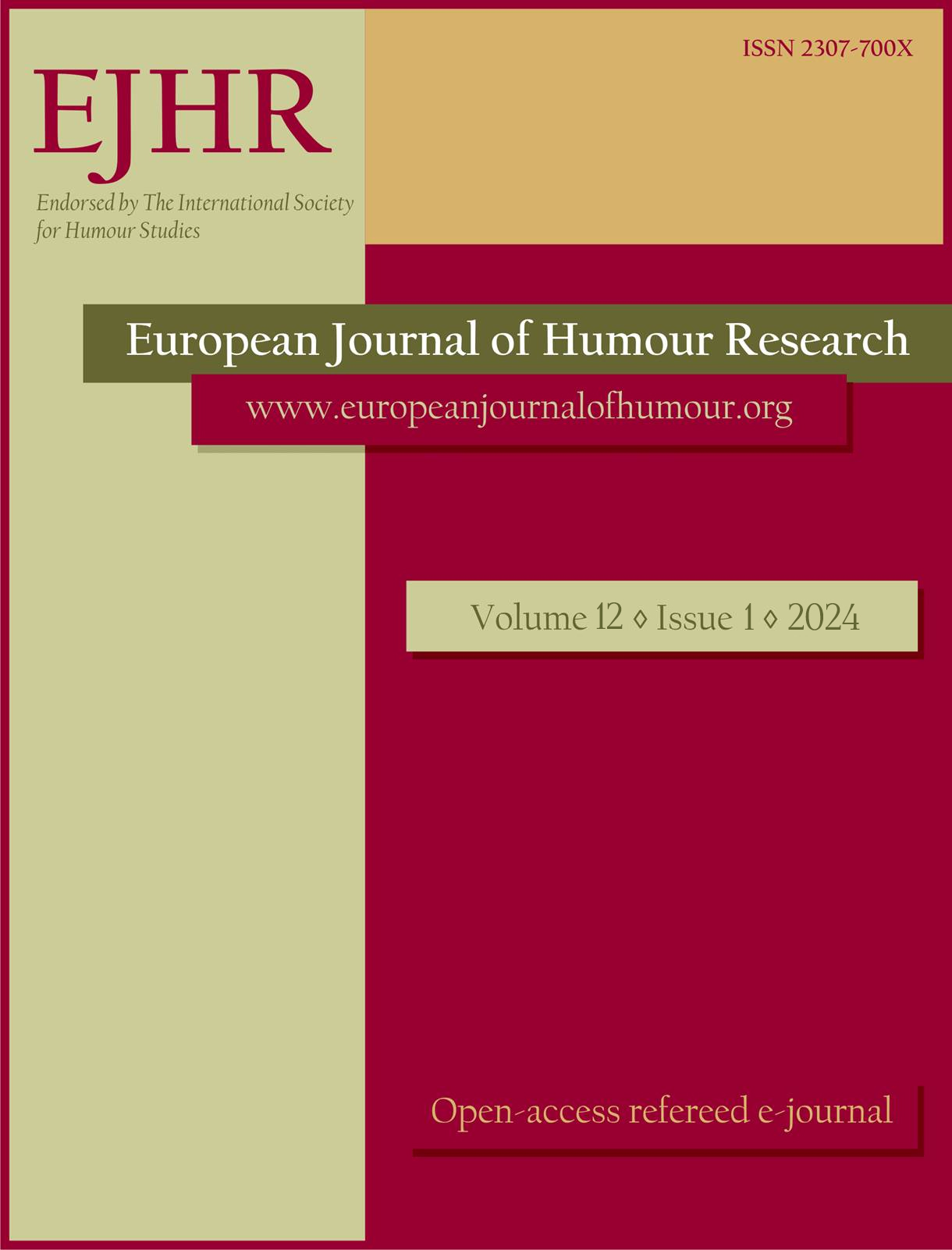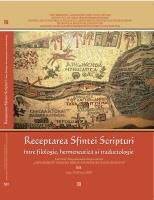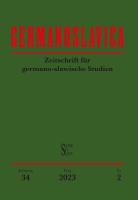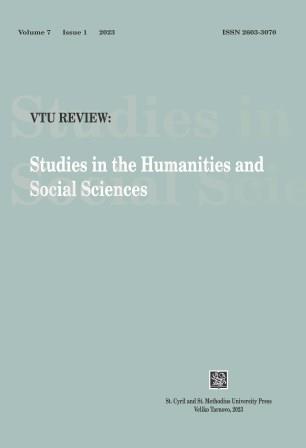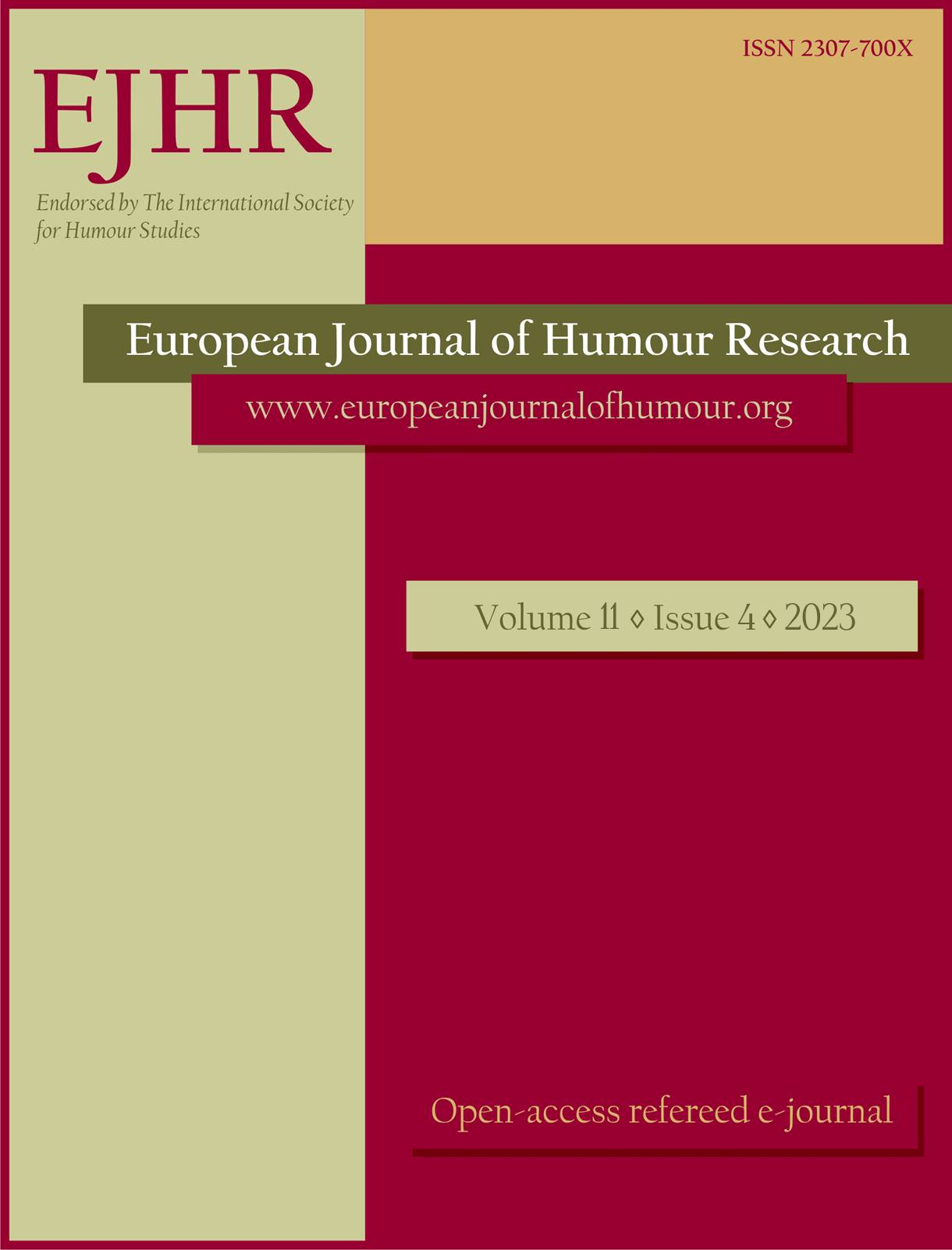
The effect of self-related humour on convergent and divergent thinking
Humour enhances creativity, but the question is whether different types of humour have a similar effect on improving individual creativity. It is evident that negative humour style is negatively related to creativity, while positive humour style is positively related to it. However, no evidence has been found that self-related humour (self-enhancing and self-defeating humour) directly affects creative thinking in the experimental setting. Thus, this study aimed to investigate the effect of self-related humour on convergent and divergent creative thinking. We included 60 (38 male,22 female) participants and randomly assigned 20 in each condition to conduct this experiment. To evoke humour, we used 12 stimuli (12 self-enhancing jokes, 12 self-defeating jokes, and 12 non-humorous statements) in each condition. Remote Association Task (RAT)was used to measure convergent thinking, and Alternative Uses Task (AUT)was used to measure divergent thinking. We expected that i) people who engage in self-enhancing humour would perform better at convergent thinking tasks than the control group and the self-defeating humour group and ii) people who engage in self-enhancing humour would perform better at divergent thinking tasks than the control group and the self-defeating humour group. Our results supported our hypotheses and suggested that self-enhancing humour induced individual creativity both in convergent or divergent thinking (originality, fluency, flexibility).In contrast, self-defeating humour failed to affect either convergent or divergent thinking
More...
